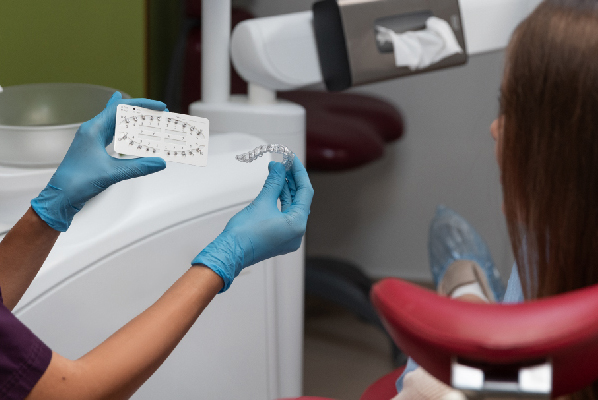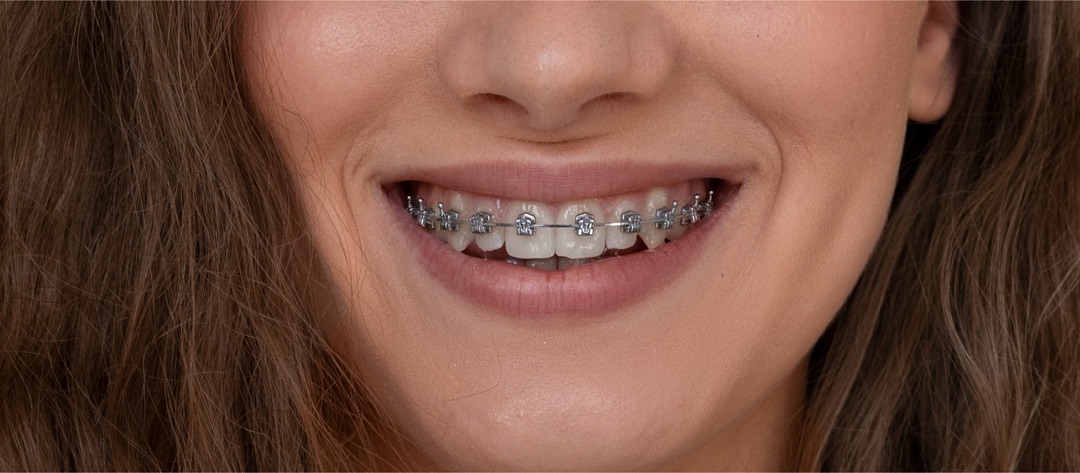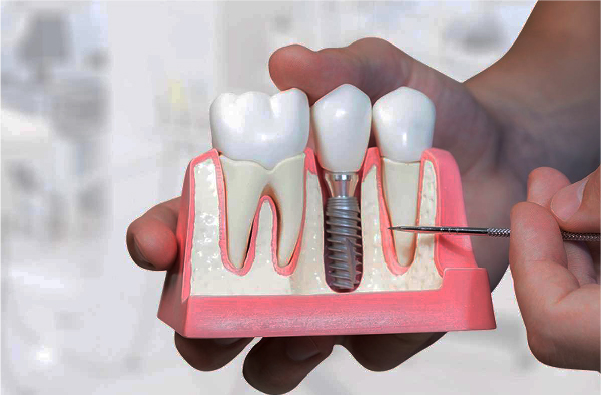How to Tell if You Need Orthodontic Treatment

Dental orthodontics is a specialized field of dentistry focused on diagnosing, preventing, and correcting improper alignment of teeth and jaws using various methods such as braces, retainers, fixed appliances, functional appliances, and other devices. This helps improve the functionality of the bite and the aesthetics of the smile. Dental orthodontic treatment involves applying these methods to address specific orthodontic issues and achieve desired outcomes for patients. To the question why do people need orthodontic treatment, we will answer by considering the following signs: If the teeth do not align properly when closing the mouth, it may indicate bite problems and necessitate orthodontic treatment. An improper bite can lead to chewing difficulties and even jaw pain syndromes. Significant tooth misalignment, rotation, or teeth positioned too close or too far apart from each other may signal the need for orthodontic treatment. Some bite disorders can affect the ability to pronounce certain sounds or words correctly. If an individual is dissatisfied with the appearance of their smile due to misaligned teeth or jaws, orthodontic treatment can help improve it. From what age is orthodontic dental treatment actual? Dental orthodontics may recommend initiating the treatment between the ages of 7 and 14, when children are in the stage of active growth and development. This is the age when dental orthodontic issues can be effectively corrected due to the dynamics of jaw and tooth growth. However, in some cases, this treatment may also be recommended for adult patients, as they too may experience issues with bite, teeth, or jaws that can be effectively corrected using dental orthodontic methods. Which problems can be solved thanks to orthodontic treatment? Our orthodontists can confirm that orthodontic treatment can solve a range of issues, including those mentioned above. Now, we will list the most important aspects of orthodontic treatment that our doctors pay special attention to: Orthodontic treatment helps prevent problems with gums, bone atrophy, and tooth decay, as straightening teeth makes them easier to care for. Proper alignment of teeth and jaws significantly improves chewing function and speech, which can enhance quality of life. A beautiful smile is a key aspect of appearance and can boost a patient's self-esteem and confidence. Correcting deformities and anomalies at a young age can prevent serious issues in the future, such as tooth wear and jaw pain. Individual approach Orthodontic treatment is always tailored to the individual needs of each patient, ensuring the best results. Explaining these factors to patients can help them understand the importance of orthodontic treatment and lead them to make the decision to start treatment, which can be organized at MaryClinic in Yerevan. Duration of orthodontic treatment. What relates to the duration of orthodontic treatment can vary significantly depending on the specific situation. Typically, it ranges from several months to several years, depending on the required correction and how quickly the teeth respond to treatment. Here are the main points to consider: The more complex the initial position of the teeth and the degree of bite misalignment, the longer the treatment may take. Various orthodontic correction techniques are used, such as braces, clear aligners, removable appliances and others. Each method has its own characteristics that can affect the duration of treatment. The presence of additional problems, such as periodontal diseases or defects in bone tissue, can increase the treatment time. It is important to follow the orthodontist's recommendations regarding wearing appliances, dental care, and regular appointments. The body's response to treatment, age, overall health, and other factors can influence the speed of achieving desired results. Precise information about the duration of treatment can only be obtained after consulting with our orthodontists and evaluating the specific situation. Best regards from MaryClinic team.Incorrect bite
Bite issues
Misalignment of teeth
Speech problems
Aesthetic concerns
Oral health
Functionality
Self-esteem and confidence
Prevention of future problems
Initial condition of teeth and bite
Choice of treatment method
Condition of the dental and jaw system
Adherence to the doctor's recommendations
Individual patient factors







